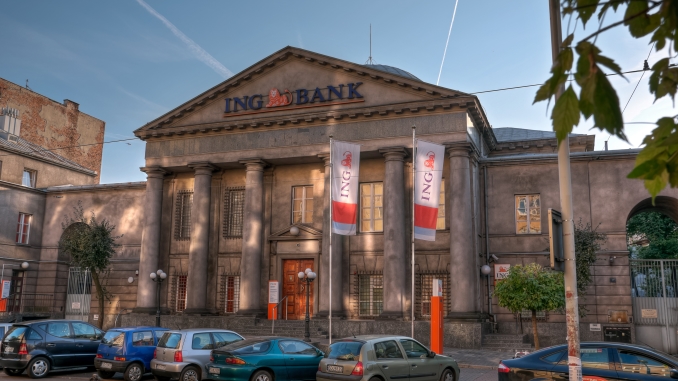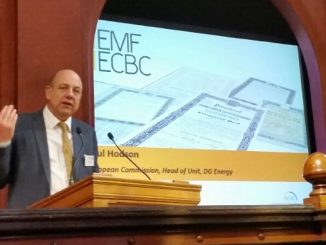
ING Bank Hipoteczny hopes to launch a debut euro benchmark covered bond in green format in the first half of 2020, after having inaugurated its covered bond programme with an upsized PLN400m green bond, which its CEO said will help move Poland’s housing sector forward in a green direction.
The covered bond issuer of ING Bank Śląski, ING’s Polish subsidiary, closed its PLN400m (€93m) five year debut off a €5bn programme on Thursday (10 October), with the issue priced at six month Wibor plus 53bp.
ING Bank Hipoteczny chief executive Mirosław Boda told Sustainabonds the issuer had been anticipating an issue size of around PLN300m when it opened books for the Aa3 rated deal on 2 October with price guidance of Wibor plus 55bp.
“Demand was very strong and we managed to collect bids for almost PLN600m,” he said, “so we decided to increase the amount to PLN400m. And still the price of 53bp was a satisfactory level.”
ING Mortgage Bank is now the biggest green covered bond issuer in Poland. Boda said the green nature of its debut meant that demand was far higher than it would otherwise have been.
“When they hear there will be a covered bond issue, they say, OK, what’s the price?” he said, “but when investors – including the biggest ones – learn that it will be green, they really wake up and pay attention.”
The zloty issue was mainly placed with domestic accounts, with asset managers allocated 53%, pension funds 23%, insurance companies 4% and official institutions 20% – the European Bank for Reconstruction & Development (EBRD) bought PLN80m of the deal.
ING Bank Hipoteczny’s green bond framework has energy efficient residential mortgages as a use of proceeds, but it also includes green commercial real estate. Both categories include common criteria such as buildings being among the 15% most carbon efficient buildings nationally and renovations resulting in energy efficiency improvements of at least 30%. Boda said the Polish market faces similar data challenges to those encountered elsewhere.
ING Bank Hipoteczny is the first Polish issuer to make its covered bond debut in green format. Boda said the combination of covered and green allows the Polish issuer to “kill two birds with one stone”. He highlighted a “huge” gap between Poland and developed European markets in the number of properties per capita, which would require some €250bn to be filled, and noted that long term funding through covered bonds can contribute to filling this gap.
“In Poland, we have the opportunity to really push this in the direction of green development as the infrastructure is under construction right now,” he said.
The initiative also fits in with the Dutch group’s overall sustainability strategy, according to Boda, while in Poland ING offers better conditions on loans taken out to finance green buildings.
“Eastern countries like Poland differ from Western Europe, in that a lot of flats are being built right now and these qualify into the green portfolio,” he added. “Some banks are just using the proceeds of their green bonds to refinance portfolios – that’s fine, but it doesn’t change the status quo.
“We are interested in moving the economy forward in a green direction, and in this respect, at least, I feel it’s easier for us.”
Following its zloty debut, ING Bank Hipoteczny’s next covered bond will be a green euro benchmark, according to Boda, although the time required to prepare the transaction means it will probably emerge at the end of the first quarter of 2020 or the beginning of the second. He said such euro issuance will allow it to raise much larger volumes than is possible domestically.
“We have been speaking with many different investors to prepare the issuance and interest in green bonds in Europe is very high, so it should be theoretically easier to place,” said Boda. “And my feeling is that within a few years it will be really difficult to place issuance that is not green.”
The only previous green Polish covered bond was a PLN250m five year FRN for PKO Bank Hipoteczny in June, which was priced at three month Wibor plus 60bp and had energy efficient residential mortgages as its use of proceeds. In August, PKO, Poland’s largest banking group, launched a new retail mortgage offering preferential conditions for borrowers who demonstrate with an energy performance certificate (EPC) that their property meets certain energy efficiency thresholds.



